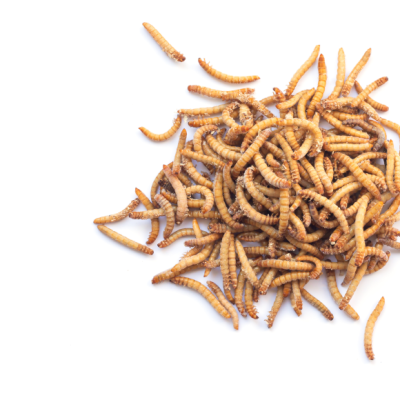New research has found that the taste preferences of Asian and Caucasian people differ significantly. These findings could help the food industry to develop and design products that better meet the needs of different consumers. The study was conducted by researchers at the University of Nottingham, who investigated whether the taste phenotypes of genders and Asian and Caucasian people differ. The researchers determined the taste phenotypes of 223 participants and linked this data to their ethnicity and gender to understand how these factors influence their taste perception.
The study found that people of Asian descent are more sensitive to sour and metallic tastes than Caucasians. Additionally, Asians are more likely to be supertasters and thermal taste testers and less likely to have a preference for sweet foods. The study also found that men have a stronger preference for sweeter foods. The researchers suggest that these differences in taste perception could be one of the most important determinants of food preferences and consumption, which can influence nutrition and health status.
The study’s lead author, Qian Yang, believes that the results could help the food industry to develop new products that better meet the needs of different consumers. Understanding that there are differences in taste perception among different ethnic groups could help food manufacturers to develop new products or adjust product design more effectively to meet the needs of different consumers. The study’s findings could be particularly useful in the current competitive global food market, where insight and investment are required to develop new products.










